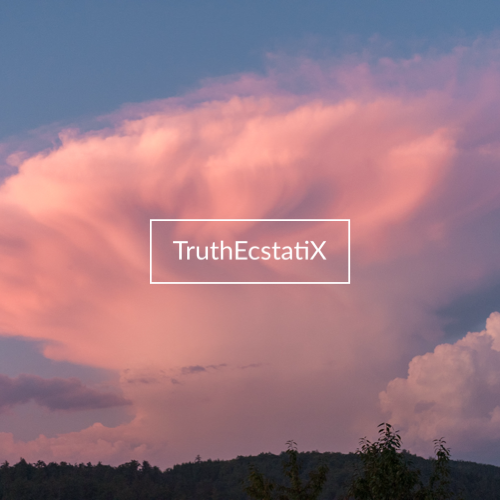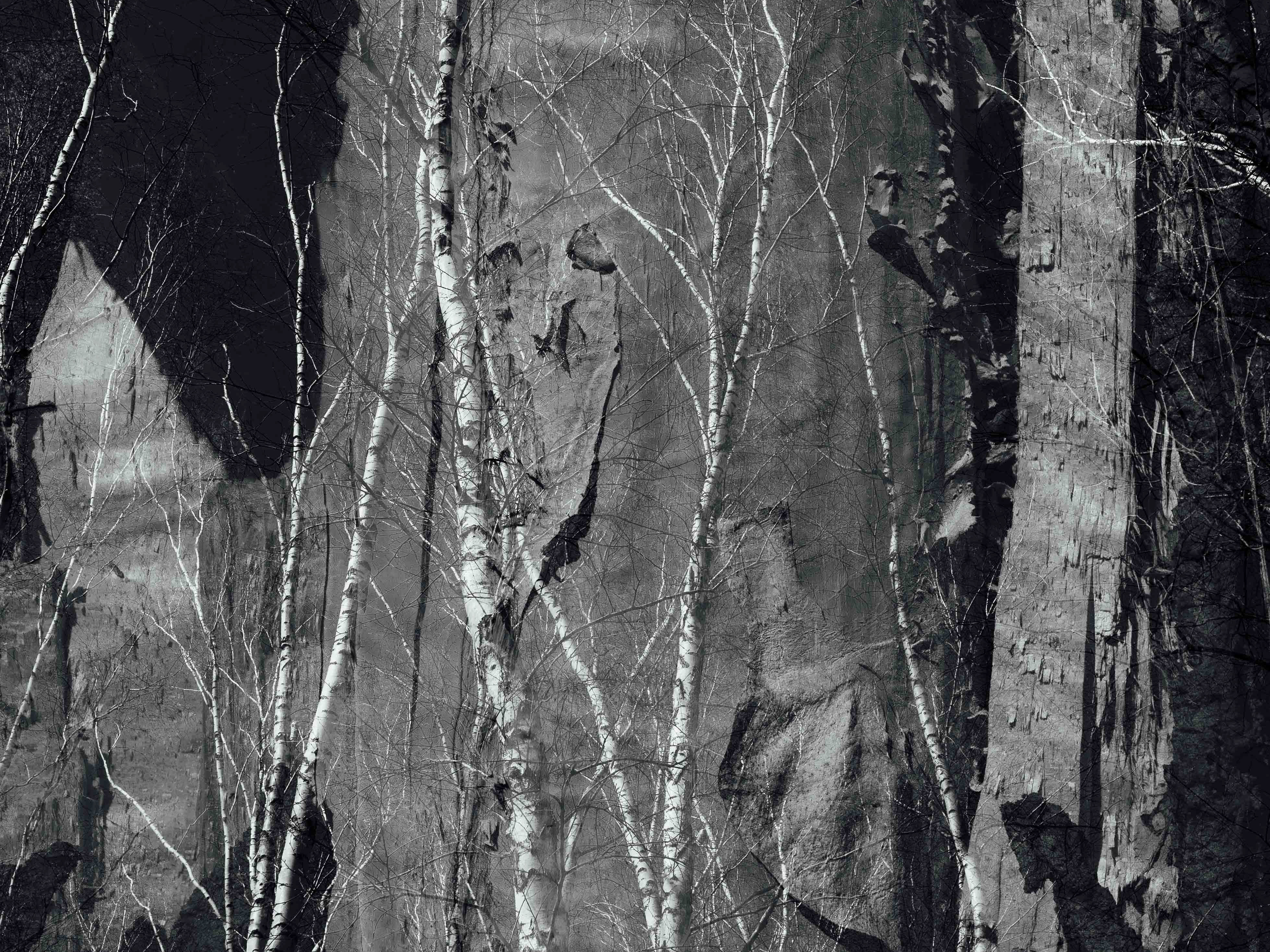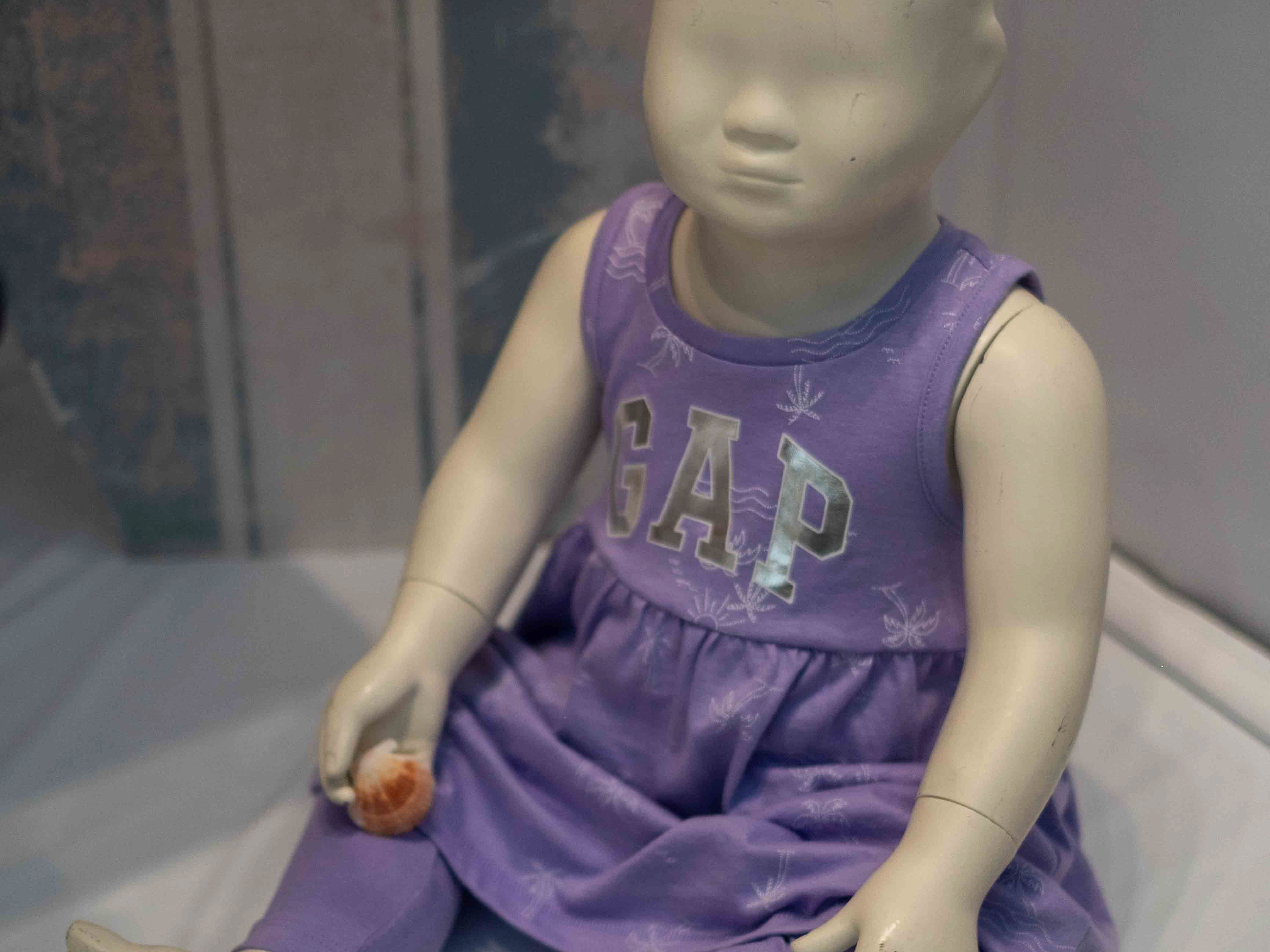The Darkroom
I came to photography rather by chance—just as I have come to most encounters that became meaningful in my life. It was neither a formative event nor a creative insight that drew me in, but my father’s old photo equipment: several dusty boxes from the GDR era, filled with negatives, self-developed photographs, and a complete darkroom setup. They sparked my curiosity and inspired me to explore the technical and artistic aspects of this medium more deeply.
The real spark ignited in 2003, when my mother gave me my first SLR camera for Christmas. In our bathroom, which I had turned into a darkroom, I began developing the black-and-white films I had shot and making my first prints. Yet, at first it wasn’t the act of taking pictures that fascinated me, but the manual, experimental work in the darkroom. The fact that I could, with my own hands, create something as intricate and complex as a photograph felt entirely new to me. No one taught me how to do it; I taught myself everything—from mixing the chemicals to the smallest hand movements.
The real spark ignited in 2003, when my mother gave me my first SLR camera for Christmas. In our bathroom, which I had turned into a darkroom, I began developing the black-and-white films I had shot and making my first prints. Yet, at first it wasn’t the act of taking pictures that fascinated me, but the manual, experimental work in the darkroom. The fact that I could, with my own hands, create something as intricate and complex as a photograph felt entirely new to me. No one taught me how to do it; I taught myself everything—from mixing the chemicals to the smallest hand movements.
Night after night I spent hours in that tiny dark room, barely six square meters. I inhaled the biting smell of chemicals, knelt before the enlarger balanced on the toilet seat, and watched as the corrosive liquids etched the enamel of the bathtub while I washed the prints. In the solitude of that confined darkness, time seemed to dissolve. I would open the bathroom door only in the early hours of the morning. And of course, I had to scrape off the adhesive tape that sealed every crack and gap to make the room light-tight.
The most defining experience of those nights was the exposure of my first image. I will never forget the moment when fine lines began to appear on the light-sensitive paper—slowly emerging in the developer, as if the picture were forming by itself, out of nothing. I remember my almost childlike wonder and the rush of excitement as shapes and objects gradually surfaced that I had only dimly sensed before. Through that moment I finally understood what it truly means to “draw with light” (gr. photós gráphein)—not as a figure of speech, but as an experience made visible. From then on, I began to see the world anew, perceiving my surroundings from a perspective that was still unfamiliar to me: How would this or that appear as a photograph?
The most defining experience of those nights was the exposure of my first image. I will never forget the moment when fine lines began to appear on the light-sensitive paper—slowly emerging in the developer, as if the picture were forming by itself, out of nothing. I remember my almost childlike wonder and the rush of excitement as shapes and objects gradually surfaced that I had only dimly sensed before. Through that moment I finally understood what it truly means to “draw with light” (gr. photós gráphein)—not as a figure of speech, but as an experience made visible. From then on, I began to see the world anew, perceiving my surroundings from a perspective that was still unfamiliar to me: How would this or that appear as a photograph?
Inner Images
Without intending to, I began to perceive situations around me as inner images—whether or not I had a camera with me. Often, I could already see the finished photograph before my inner eye. This phenomenon has never left me. Even today, there are moments when a strong visual impression overtakes me and I see people, spaces, or encounters as if already framed in possible images.
During my philosophy studies I first encountered the concept of imagination. As part of what is called epistemology, it led me to fundamental questions about the relation between the knowing subject and the world. Only through my photographic practice did I truly understand how this human faculty—to imagine things that may not exist—shapes our sense of reality.
During my philosophy studies I first encountered the concept of imagination. As part of what is called epistemology, it led me to fundamental questions about the relation between the knowing subject and the world. Only through my photographic practice did I truly understand how this human faculty—to imagine things that may not exist—shapes our sense of reality.
Although I hold no fixed philosophical position, I return again and again to the thought that our sense of reality first arises in imagination, and then takes form through our will and action in what we call the “outer world.” Yet we usually speak of reality only when referring to this “outside.” But is the world beyond our physical body not, first of all, part of our own consciousness? And is this consciousness not itself formed by broader, collective structures—ones I’m often unaware of but silently assume? And are these structures not the outcome of an endlessly changing historical process of becoming human?
Is this “outer world,” then, not also an “inner world,” in which I can glimpse the collective memory of humankind—if I choose to? Do I not, in looking “outward,” also encounter myself, or at least the historical conditions of my becoming? Perhaps my photographs are traces of what it means today to be human—to have a particular way of seeing the world.
Is this “outer world,” then, not also an “inner world,” in which I can glimpse the collective memory of humankind—if I choose to? Do I not, in looking “outward,” also encounter myself, or at least the historical conditions of my becoming? Perhaps my photographs are traces of what it means today to be human—to have a particular way of seeing the world.
Digital and in Color
With the rise of digital technology, my time in the darkroom came to an end. In 2009 I bought my first digital SLR and began to work in color. The digital realm not only opened up color photography—which was already an immense gain—but also reduced the considerable costs that film photography once entailed: the rolls of film (36 exposures for 35 mm, or 12–16 for medium format), the photo paper and chemicals, the constant upkeep of the darkroom equipment.
In the analog days I had to restrain myself, not to use up an entire roll too quickly but to wait patiently for what might still come. This forced a certain attentiveness: every frame mattered, every release of the shutter was a decision.
In the analog days I had to restrain myself, not to use up an entire roll too quickly but to wait patiently for what might still come. This forced a certain attentiveness: every frame mattered, every release of the shutter was a decision.
With Photoshop and similar tools, I could now work extensively on RAW files. What had once meant hours of dodging and burning in the darkroom—cutting tiny masks, testing, correcting—could now be done on a screen. Not only the craft changed; so did the way of showing one’s work. After painstakingly producing prints, how was one to share them? You went to a photo lab, had your negatives or prints scanned, and only then could you use them on your own website or in online forums—on Flickr, Tumblr, Instagram, and the like.
Why Photograph at All?
Today, when smartphone cameras grow ever more capable, much is done exclusively with the phone—processes that once required multiple (analog) steps just to reach an audience. Yet the resulting digital flood of images—AI aside—creates a kind of mental and aesthetic fatigue. Much of what we see online looks the same. The filters embedded in apps like Instagram, the ubiquitous aesthetic conventions, compress the diversity of human perception into algorithmic, interchangeable products.
At times I long for the era of analog photography—when one had to wait, to hope, before holding a developed negative in hand; when patience and time were part of the process before an image could be shown. What I miss most is precisely that: time and patience, in an age of media economies built on instant attention, where we swipe image after image into a kind of digital oblivion.
The result is an aesthetic indifference and, because we are deeply sensuous beings, also a tangible inner emptiness. There is little left to discover when everything seems to have been seen a thousand times. This deluge of images can stifle the urge to create: Why make something new if it will vanish in a fraction of a second? Why show anything, when everything begins to resemble everything else—molded by algorithms and AI into one smooth, sentimental surface that offers no friction, no resistance, not even political?
The result is an aesthetic indifference and, because we are deeply sensuous beings, also a tangible inner emptiness. There is little left to discover when everything seems to have been seen a thousand times. This deluge of images can stifle the urge to create: Why make something new if it will vanish in a fraction of a second? Why show anything, when everything begins to resemble everything else—molded by algorithms and AI into one smooth, sentimental surface that offers no friction, no resistance, not even political?
I want to set against this prevailing spirit another way of seeing—one I did not invent, but rediscovered for myself. The kind of seeing that keeps me working, despite everything, is closer to meditation and contemplation than to the pursuit of attention.
Of course, this website, too, is a way of seeking attention and resonance; otherwise, I would not share my images and thoughts at all. Yet it is not about hearts or thumbs-up from anonymous followers, nor about profit. It is about creating spaces of possibility—spaces in which one can lean back inwardly, withdraw from the constant pull of polarized algorithms, and regain an openness to the richness and beauty of the world.
It is about discovering an inner stance of freedom and composure that we so urgently need to face the suffering and turmoil of our time without despairing.
Photography, for me, remains this attempt: to meet the world with attentive perception—and, in spite of everything, to become free.
Of course, this website, too, is a way of seeking attention and resonance; otherwise, I would not share my images and thoughts at all. Yet it is not about hearts or thumbs-up from anonymous followers, nor about profit. It is about creating spaces of possibility—spaces in which one can lean back inwardly, withdraw from the constant pull of polarized algorithms, and regain an openness to the richness and beauty of the world.
It is about discovering an inner stance of freedom and composure that we so urgently need to face the suffering and turmoil of our time without despairing.
Photography, for me, remains this attempt: to meet the world with attentive perception—and, in spite of everything, to become free.



